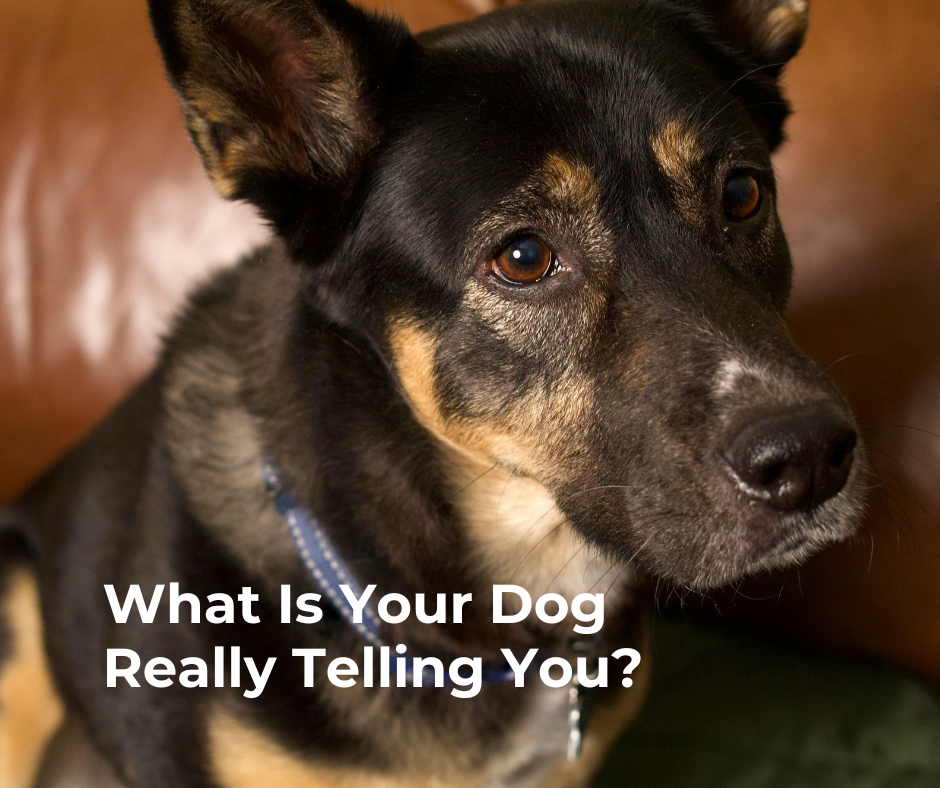Has your dog ever gone from calm to explosive in what seemed like seconds? Maybe they were lying peacefully, then suddenly lunged at a visitor or snapped during what appeared to be gentle petting. For owners of reactive dogs, these “out of nowhere” incidents are terrifying and confusing. But here’s the truth: your dog was likely sending warning signals long before the explosion, but you just didn’t see the subtle signs.
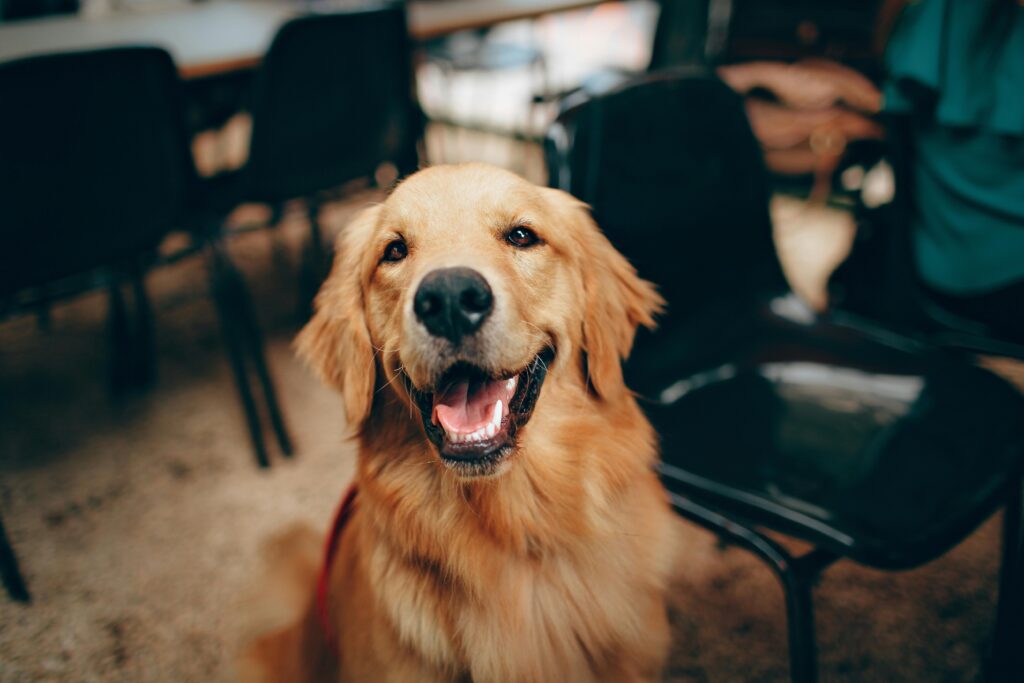
Dogs are incredible creatures, each with their own unique way of communicating. But understanding what they’re trying to tell us isn’t always straightforward.
Just because a dog isn’t barking, lunging, or backing away doesn’t mean they’re comfortable.
Silence isn’t always golden. It can be a sign of stress, fear, or even shutdown. This is especially critical for reactive dogs, who may have learned to suppress their natural warning signals through past experiences or training methods that discouraged communication.
Let’s dive into the fascinating world of reactive dog body language and learn how to decode the subtle signals that reveal whether your dog is truly at ease or building toward a reactive episode.
The Myth of "No Behavior Means Comfort"
Imagine this: you and your reactive dog are on a walk. No barking, no growling, no obvious signs of distress. You might think, “Great, they’re comfortable!” But that’s not always the case. Dogs, like humans, can suppress their reactions when they feel overwhelmed or have learned that certain behaviors lead to punishment. This doesn’t mean they’re happy; it means they’re trying to cope.
For example, a dog who has been scolded for growling might stop growling altogether, but that doesn’t mean they’re okay. They might be bottling up their emotions until they can’t take it, leading to a sudden reaction or even a bite, while skipping the growl altogether. This is why it’s crucial to look beyond the absence of behavior and focus on the nuances of their body language.
Understanding stress signals in reactive dogs means recognizing that silence can be just as concerning as obvious displays of discomfort. When we miss these subtle cues, we inadvertently allow our dogs to reach their breaking point, leading to those seemingly unpredictable explosive moments.
The Tail: A Commonly Misinterpreted Signal
Let’s focus on one of the most misunderstood aspects of dog body language: the tail.
One of the most common misconceptions is that a wagging tail always means a happy dog. But tails can wag for many reasons, and the way they wag matters, especially when reading a reactive dog’s body language:
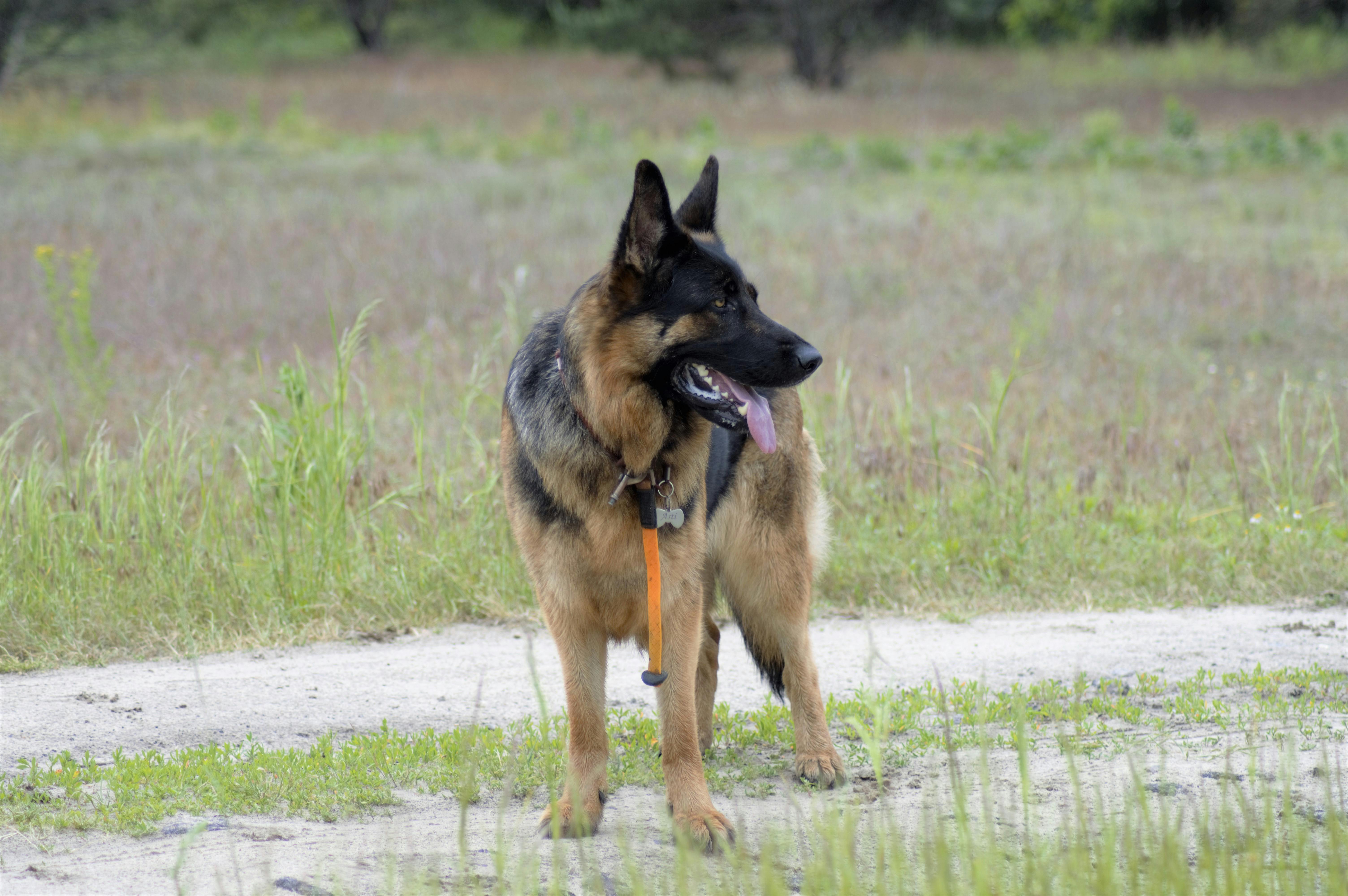
High and Stiff Wagging: The dog is alert and possibly on edge. In reactive dogs, this often signals arousal that could tip toward aggression. The tail is held high and moves in short, quick movements rather than loose sweeps.
Low and Slow Wagging: The dog is unsure or nervous. This is often seen in fearful and reactive dogs when they’re trying to appease but still feel uncomfortable. The tail stays low and moves hesitantly.
Horizontal and Loose Wagging: This is the classic “happy wag” we all love to see. The tail moves freely at about back level, and the dog’s whole body often wiggles along with it.
Tucked Tail: A Clear sign of fear or extreme stress. Reactive dogs may tuck their tails when overwhelmed or trying to make themselves appear smaller and less threatening.
Stiff, Upright Tail: High arousal state that could go either way. In reactive dogs, this often precedes aggressive displays. The tail is held high and rigid, like a flag.
Rapid, Small Movements: Often indicates high stress or overstimulation. The tail may vibrate or move in tiny, quick motions.
But here’s the crucial point: the tail is just one small part of the complex language dogs use to communicate with us. This is a perfect example of why you need to understand each part of your dog’s body and how it contributes to their overall communication.
Reading the Whole Dog, Not Just Parts
One of the biggest mistakes in reading reactive dog body language is focusing on a single body part instead of the complete picture. A wagging tail doesn’t automatically mean happiness if the dog’s body is stiff and their eyes are hard. Similarly, pinned ears might indicate stress, but if the rest of the dog appears relaxed, it could simply be a response to a loud noise.
Understanding how all these signals work together is what separates casual observation from true fluency in your dog’s language. This is especially critical for reactive dogs, where missing early warning signs can lead to dangerous situations.
Understanding Your Individual Dog: The Foundation of Body Language Reading
Here’s the most important thing to understand about dog body language: every dog is an individual. A Golden Retriever’s “relaxed” ears will look completely different from a German Shepherd’s, and a Bulldog’s natural facial expression bears no resemblance to a Border Collie’s. This is why generic body language charts often fail reactive dog owners, because they don’t account for your specific dog’s unique baseline.
To truly understand your reactive dog, you need to become a detective of their individual communication style. This means studying your dog when they’re genuinely relaxed and content, then learning to recognize the subtle shifts that signal growing stress.
Establishing Your Dog's Baseline Behavior
Start by observing your dog during their most peaceful moments; perhaps when they’re lounging in their favorite sunny spot, enjoying a gentle belly rub, or contentedly chewing a beloved toy. What about when they are enjoying a walk free from triggers? During these calm times, take mental notes (or even photos) of:
- Ear position: Are they naturally upright, semi-pricked, or hanging? How mobile are they?
- Tail carriage: Where does your dog naturally hold their tail when relaxed? High, low, or neutral?
- Eye expression: What do their eyes look like when they’re truly content? Soft and blinking, or more alert?
- Mouth and jaw: Is their mouth slightly open with a relaxed tongue, or naturally closed?
- Overall body posture: How do they typically stand, sit, or lie down when comfortable?
- Movement quality: How do they move when relaxed? Loose and flowing, or more controlled?
This baseline becomes your reference point for recognizing change. A dog whose ears naturally stand erect will show stress differently from a dog with floppy ears, but both will show deviation from their individual normal.
Effective body language reading requires looking at the entire dog and asking: “How does this compare to my dog’s normal, relaxed state?” The key is recognizing the subtle shifts from baseline that indicate your dog is beginning to feel uncomfortable.
The Progression: What Does Relaxed to Reactive Look Like on Walks?
While every dog is an individual with their own unique way of showing stress, there are common patterns in how reactive dogs transition from relaxed to reactive during walks. Understanding this progression helps you recognize where your dog is on the escalation ladder and intervene before they reach their breaking point.
Relaxed and Comfortable
What you’ll see:
- Loose, wiggly body movement
- Ears in their natural, mobile position
- Soft, blinking eyes that look around casually
- Mouth slightly open or closed naturally
- Tail in normal position with loose movement
- Breathing is calm and regular
- Attention shifts easily between different things
What this means: Your dog is genuinely comfortable and able to process their environment without stress.
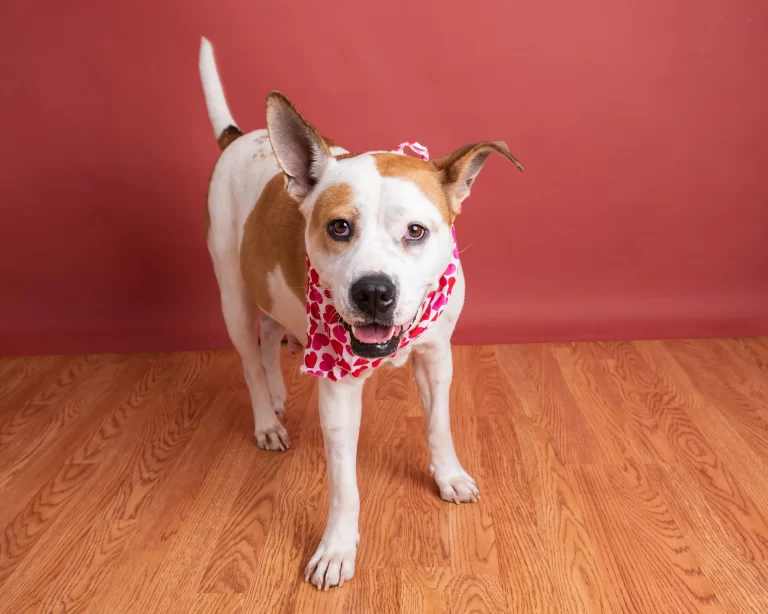
Just Before the Reaction
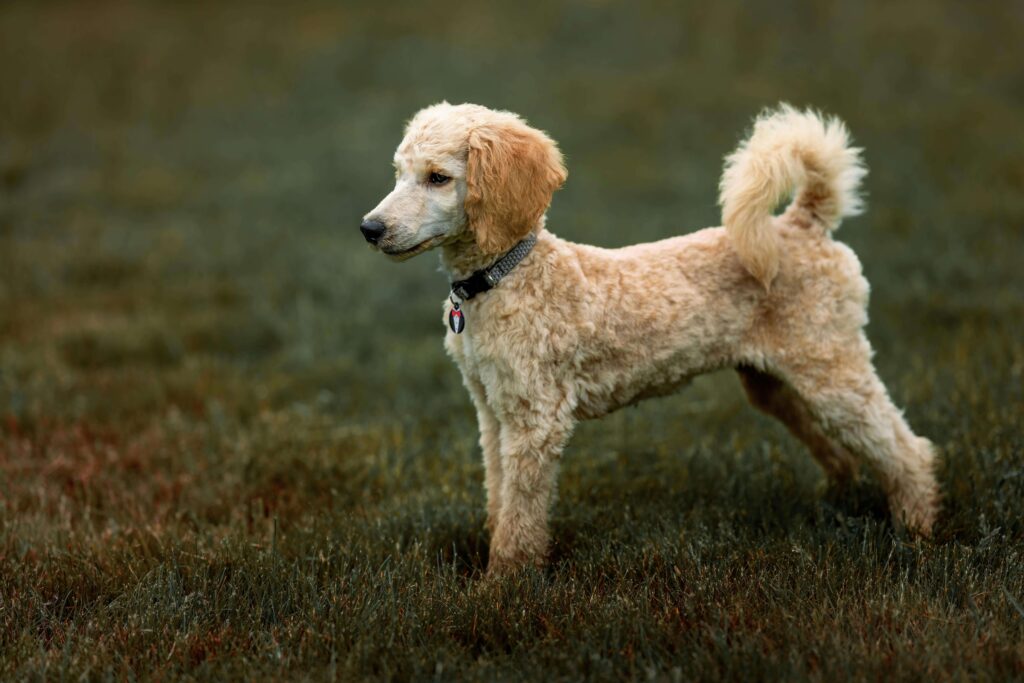
What you’ll see:
- Body becomes rigid
- Ears orient toward something of interest
- Eyes become more focused
- Mouth may close as attention increases
- Tail position may shift slightly from baseline.
- Tail slows or becomes still
- Attention becomes more directed
- Hard to distract
- Weight shifted to the front legs
- Hackles may be raised
- Intense staring
What this means: your dog’s arousal is increasing, and they are having an extremely difficult time – an aggressive response is seconds away.
The Individual Factor
Some dogs show very subtle changes between these stages, while others may jump quickly from relaxed to reacting.
The goal is to recognize your dog’s progression as early as possible so you can help them feel safe before they reach their reactive threshold.
See It In Action: From Baseline to Reaction
Understanding reactive dog body language becomes much clearer when you can see the progression in real time. In this video, you’ll witness the subtle changes that many owners miss: the shift from loose, comfortable body language to the early warning signs we’ve discussed. Watch how the dog’s ears change position, how their body tension increases, and how their facial expression transforms as they become more uncomfortable with the situation.
What makes this demonstration particularly valuable is that I provide live voiceover commentary, pointing out each signal as it happens and explaining what the dog is communicating at every stage. You’ll see firsthand how these stress signals build upon each other, creating the escalation that leads to reactive behavior.
This isn’t just theory. It’s real-time education that helps you recognize these same patterns in your own dog. By watching this progression, you’ll develop a much better eye for the subtle changes that indicate your dog is moving from comfortable to stressed to potentially reactive.
The video demonstrates why timing is so critical in managing reactive dogs. You’ll see clear windows of opportunity where intervention could have prevented the escalation, and understand why waiting for obvious signs like growling or lunging means you’ve missed multiple earlier chances to help your dog feel safe.
00:00 Introduction to Dog Reactivity
01:10 Signs of Stress Increase
03:10 Conclusion and Summary
When to Seek Professional Help
While learning to read reactive dog body language is an essential skill for any dog owner, there are times when professional intervention is necessary:
- Your dog has already had aggressive incidents or bites
- Stress signals are becoming more frequent or intense
- Your dog is showing signs of escalation despite your efforts to manage triggers
- You feel unsafe or uncertain about your dog’s behavior
- Family members or visitors are concerned about your dog’s reactions
- Your dog’s reactivity is affecting their quality of life or your family’s daily routine
Expert Insights: From Chaos to Calm
As a Certified Dog Behavior Consultant specializing in reactive and aggressive dogs, I’ve seen countless cases where early intervention based on body language reading prevented serious behavioral issues. At Calling All Dogs, we work specifically with dogs whose behavior seems to “come out of nowhere” by helping owners recognize these subtle warning signs before they escalate into dangerous situations.
The truth is, reactive episodes are rarely truly sudden. They’re the result of missed communication, accumulated stress, and often a dog’s desperate attempt to create safety when their earlier, more subtle signals have been ignored or misunderstood.
Deciphering reactive dog body language is both an art and a science. It requires patience, observation, and a willingness to learn. Just like French or Italian, it truly is another language. By paying attention to the subtle signals your dog is sending, you can build a deeper bond and ensure they feel safe and understood in every situation.
Master Your Dog's Complete Body Language
Reading reactive dog body language is a skill that can transform your relationship with your dog and prevent dangerous situations. But mastering this skill takes practice, patience, and comprehensive guidance to truly understand what your dog is communicating through every part of their body.
While we’ve explored the tail as one commonly misinterpreted signal, there’s so much more to learn. Every part of your dog’s body, from the position of their ears to the tension in their muscles, contributes to their communication. Understanding these signals in combination is what separates casual observation from true fluency in your dog’s language.
That’s why I’ve created a comprehensive canine body language course, called “Deciphering Your Dog,” designed specifically for dog owners who want to become experts at reading their pet’s complete communication system. This isn’t just another generic course. It’s a deep dive into every aspect of canine body language that can prevent reactive episodes and strengthen your bond.
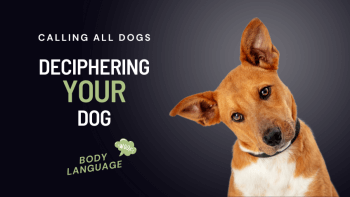
What makes this course special:
The course breaks down canine body language into clear sections, focusing on individual body parts before looking at the dog as a whole. Then, you can practice applying what you learned with interactive pictures and videos! You’ll see real dogs in real situations, learning to spot the subtle differences between relaxed, stressed, and potentially reactive states across all body parts and combinations.
The course is self-paced, and with lifetime access, you can revisit the material whenever you need a refresher or encounter new situations with your dog. Whether you’re dealing with a reactive dog or simply want to better understand your pet’s complete communication system, this course provides the tools you need to become fluent in your dog’s language.
For just $19.99, you get lifetime access to comprehensive training that could prevent dangerous situations and transform your relationship with your dog.
Ready to decode your dog’s complete body language like a pro? Join the Deciphering Your Dog Body Language Course and transform the way you communicate with your dog. Because when you truly understand what every part of your dog is telling you, everything changes.
So the next time you’re with your dog, take a moment to observe their complete body language – not just their tail, but their ears, eyes, posture, and overall demeanor. Are they relaxed and happy, or are they just holding it together? The answer might surprise you, and it could make all the difference in preventing reactive episodes and building the calm, confident relationship you both deserve.
Pro Tip: Start by documenting your dog’s baseline behavior when they’re truly relaxed—take photos or videos of your dog in their most comfortable moments. This becomes your reference point for recognizing change across all body parts. Then, practice observing the whole dog, not just individual signals. Over time, you’ll develop an expert understanding of your individual dog’s unique communication style across their entire body language vocabulary.

